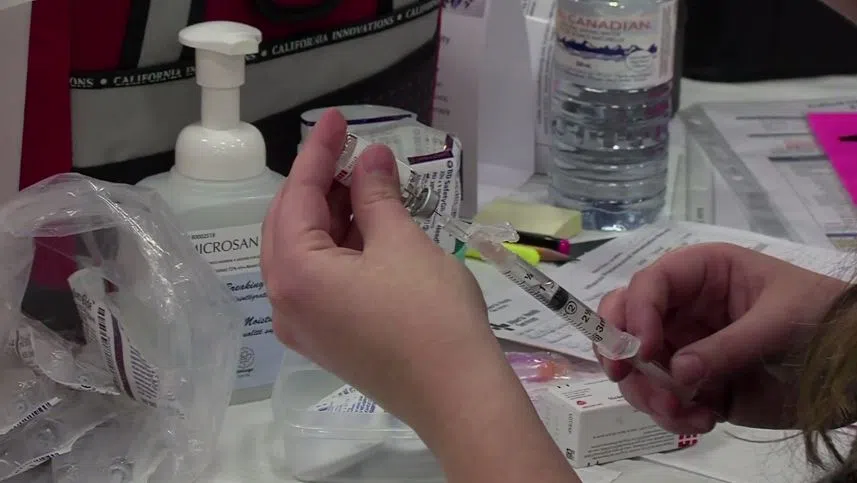
Immunization rates for health care workers below goal
MEDICINE HAT, AB — Health care workers spend a lot of time with patients.
“Some of them are healthy, and some of them have underlying medical conditions and don’t do well when they get exposed to the flu” said Dr. Bill Ruzycki, adding that’s why it’s so important for health care workers to get the flu shot.
Alberta Health Services has set a goal to have 80 percent of its staff staff immunized, but it’s a voluntary immunization policy that is focused on education and promotion.
